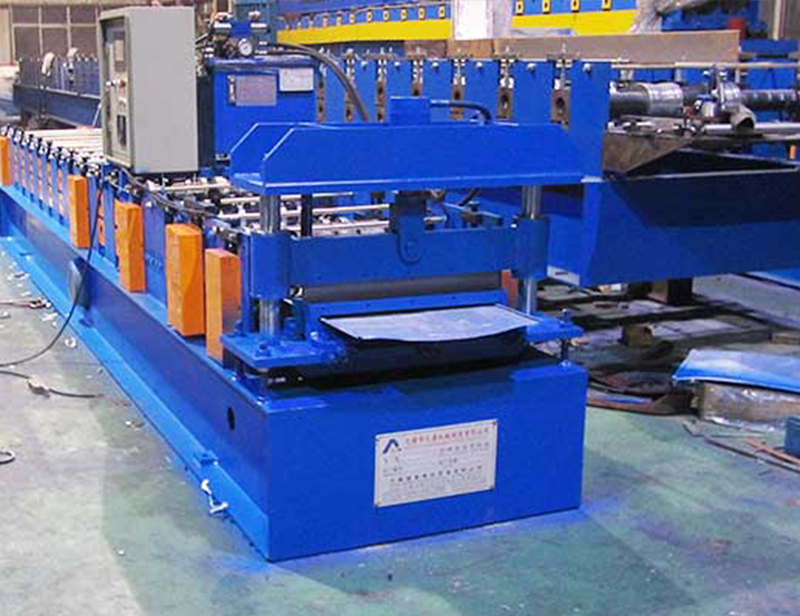Navigation Menu
Contact Us
- Email:
- info@wxavatar.com
- Address:
- Yurong Village, Yuqi Street, Huishan District, Wuxi, China.
Release Date:Jun 13, 2025 Visit:40 Source:Roll Forming Machine Factory
Highway guardrails play a crucial role in traffic safety by reducing the severity of roadside accidents. In recent years, new guardrail designs have been introduced, aiming to improve performance and enhance protection for drivers. However, this raises an important question: Are the new highway guardrails genuinely safer than the older versions?

Differences Between New and Old Guardrails
The primary difference between the new and old highway guardrails lies in their structural design and energy absorption capabilities. Traditional guardrails typically rely on steel W-beams supported by wooden or steel posts. Their main function is to prevent vehicles from veering off the road, but their ability to absorb impact energy is limited.
Modern guardrails, on the other hand, often incorporate updated materials, improved energy dispersion mechanisms, and designs intended to reduce the risk of vehicle rollover or penetration. These enhancements aim to minimize injury by controlling the vehicle's deceleration in a more stable manner.
Performance in Real-World Conditions
Field tests and controlled crash simulations suggest that newer guardrail systems can offer better performance in many scenarios, especially at moderate impact speeds. They are generally designed to handle a wider range of vehicle types, including smaller cars and larger trucks. Additionally, modern designs can redirect errant vehicles more effectively, helping to reduce the chance of secondary collisions.
However, the performance of guardrails is influenced by several external factors, such as installation quality, road conditions, and maintenance. In some cases, even newly designed guardrails may not perform as expected if not properly installed or if used in unsuitable locations.
Maintenance and Longevity Considerations
One of the advantages of newer guardrail systems is that they are often designed for easier repair and replacement. Older guardrails may require significant labor and time to fix after an accident, potentially leading to longer periods of roadside hazards. Modern systems often feature modular components that can be replaced more efficiently, contributing to overall road safety management.
Factors That Affect Guardrail Effectiveness
While new designs bring potential improvements, safety outcomes depend on various elements:
Proper installation: Incorrectly installed guardrails, regardless of their design, may fail during a collision.
Appropriate selection: Not all roads require the same type of guardrail. Choosing the correct design for the location is key.
Ongoing maintenance: Regular inspections and timely repairs are essential to ensure that guardrails function as intended.

Conclusion
New highway guardrails generally offer performance improvements over older models, particularly in energy absorption and vehicle redirection. However, their safety advantages can only be fully realized when combined with correct installation, appropriate application, and consistent maintenance. While newer guardrails may provide added benefits, ensuring road safety remains a comprehensive task involving careful planning, selection, and upkeep.